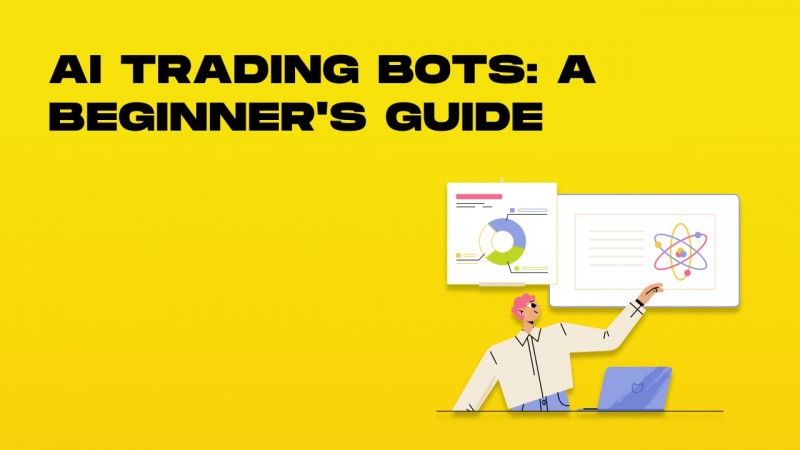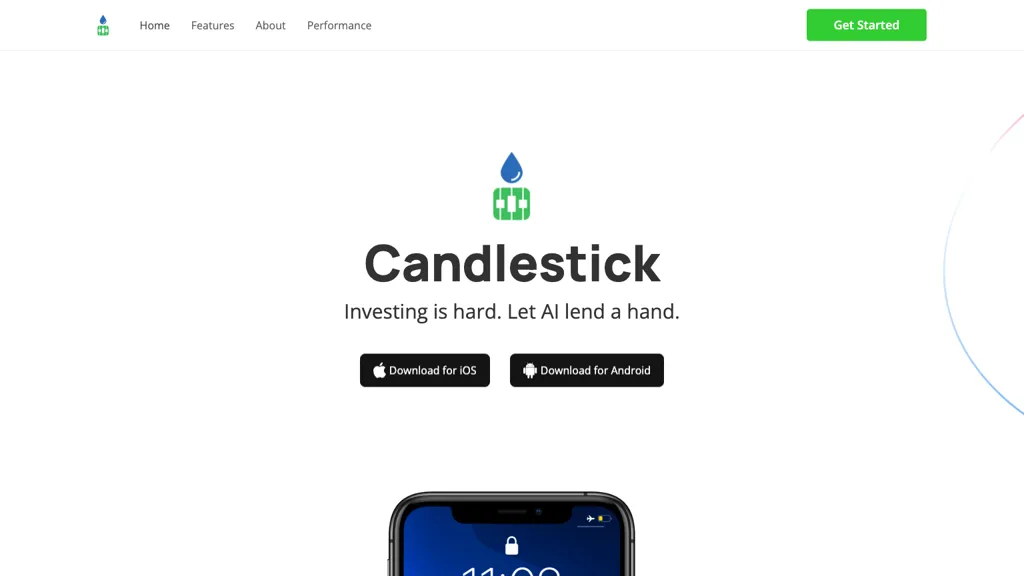20 Top Reasons For Choosing AI Stock Investing Analysis Websites
Top 10 Tips To Assess The Market Coverage Of Ai Trading Platforms For Stock Prediction And Analysis.Market coverage plays an important role in evaluating AI stock-predicting/analyzing trading platform because it determines your ability to access a vast range of assets and financial markets. A platform that has extensive market coverage allows you to diversify your portfolio, discover possibilities across the globe, and to adapt to a variety of trading strategies. Here are 10 ways for evaluating the coverage offered by platforms.
1. Evaluate Supported Asset Classes
Stocks - Make sure you have access to the major stock exchanges like NYSE and NASDAQ. Additionally, make sure that your platform offers small-caps and mid-caps.
ETFs - See whether your platform can support the wide range of ETFs which offer exposure in a number of diverse regions, sectors or themes.
Futures and options: Determine if the platform covers derivatives, such as futures, options and other leveraged instruments.
Forex and commodities: Assess whether the platform has forex pairs, precious metals, energy commodities as well as agricultural commodities.
Cryptocurrencies: Make sure the platform supports major copyright (e.g., Bitcoin, Ethereum) and altcoins.
2. Check coverage in the geographic area.
Global markets: The platform should be able to cover the major global markets, including North America and Europe, Asia-Pacific and emerging markets.
Regional focus Verify that the platform is specialized in certain regions or markets which coincide with your trading interests.
Local exchanges. Check whether the platform permits local or region exchanges, relevant to your geographic location or business strategy.
3. Assessment Real-time against. Delayed data
Real-time Data: Make sure that the platform provides real-time data to trade, and to make timely decisions.
Data that is delayed - Determine if delayed data is available for free or is available at a lower cost. This may be sufficient for investors who are looking to invest for the long run.
Latency of data. Find out if your platform minimizes the latency of real-time data feeds.
4. Evaluate Historical Data Availability
Depth historical data: Check that the platform can provide extensive historical information (e.g. more than 10 years of data) to analyze and backtest.
The granularity of the data: Determine if the historical data includes intraday, daily weekly, monthly, and daily the granularity.
Corporate actions: Verify whether historical data reflects stock splits, dividends, as well as other corporate actions.
5. Check the Market Depth and Place an Order Books
Data Level 2: Make sure the platform offers Level 2 (order book depth) to provide better price discovery.
Check the bid-ask ranges to ensure accurate pricing.
Volume data - Verify whether the platform contains extensive volume data to analyze market activity and liquidity.
6. Review the coverage of Indices Sectors
Major indexes - Ensure that your platform works with the major indices such as S&P 500 and FTSE 100 for benchmarking.
Data for specific industries If you're looking to do a targeted analysis, see if there are data available for certain sectors.
Customized indexes. Check if the platform supports creating and monitoring custom indices based on your needs.
7. Evaluate integration with News and Sentiment
News feeds: Make sure that the platform incorporates real-time feeds of news from reliable sources, like Bloomberg and Reuters in the case of market-moving events.
Sentiment analysis Check to determine whether your platform offers sentiment analysis tools that use information from social media, news sources, or any other sources of data.
Strategies that are based on events (e.g. earnings announcements or economic reports): Check if your platform supports trading strategies based on events.
8. Verify Multi Market Trading Capabilities
Cross-markets trading: The system will allow trading on multiple markets or asset classes with a single user interface.
Currency conversion Check to see whether you are able to convert currencies in a way that is automatic for international transactions and also if you have multi-currency account options.
Time zone support: Check whether the platform allows trading in multiple time zones to facilitate global markets.
9. Assessment of Alternative Data sources
Alternative data - Examine to see if there are alternative data sources integrated into the platform (e.g. web traffic, satellite imagery, or credit card transactions). This will give you unique information.
ESG data: Check whether the platform has environmental as well as social and governance (ESG) information for socially responsible investing.
Macroeconomic data: Ensure that the platform has macroeconomic indicators (e.g., inflation, GDP, or interest rates) for analysis of fundamentals.
Review Feedback from Customers and Market Reputation
User reviews: Review the feedback of users to evaluate the platform's market coverage as well as its reliability and usability.
The reputation of the company: Find out if the platform has been acknowledged by experts in the industry for its market coverage.
Case studies: Search for case studies or testimonials which highlight the platform's performance in particular areas or asset classes.
Bonus Tips
Trial period: Take advantage of the demo or trial version for free to evaluate the platform's market coverage as well as data quality.
API access: Check if your platform's API allows access to market data in a programmatic manner to conduct custom analysis.
Customer support. Make sure that the platform provides assistance for data or market related queries.
Use these guidelines to assess the market coverage provided by AI stock trading platforms. Choose a platform with access to the market, data and tools that you need for successful trading. A broad market coverage allows investors to diversify their portfolios, look for new opportunities and be able to adapt to changing market conditions. Have a look at the recommended ai stocks blog for website info including ai stock trading app, ai stock market, trading with ai, ai stock trading, market ai, best ai stock trading bot free, ai for stock trading, investment ai, ai investment app, ai stock picker and more.

Top 10 Tips To Evaluate The Up-To-Dates And Maintenance Of Ai Stock Predicting/Analyzing Platforms
To ensure that AI-driven stock trading platforms and prediction platforms remain safe and efficient They must be maintained and updated regularly. These are the top 10 tips for evaluating update and maintenance processes:
1. Updates Frequency
Find out the frequency at which updates are posted (e.g., every week, each month, or quarterly).
Regular updates demonstrate active improvement of the product and a willingness to respond to market trends.
2. Transparency of Release Notes in Release Notes
Read the release notes on your platform in order to determine what improvements and modifications have been implemented.
Why: Transparent Release Notes demonstrate the platform's commitment to continuous advancement.
3. AI Model Retraining Schedule
Tip Ask how often AI is trained by new data.
What is the reason? Markets fluctuate and models need to be revised to maintain accuracy.
4. Bug fixes and Issue resolution
Tip: Determine how quickly the platform responds to problems or bugs users report.
Why: Prompt corrections to bugs will ensure the platform remains reliable and functional.
5. Security Updates
Tips: Make sure that the platform is updating its security protocols frequently to protect data of users and trading activities.
Why is cyber security important? for financial platforms, as it helps stop fraud.
6. Integration of New Features
Check the platform to see whether it has introduced new features in response to market or user feedback (e.g., enhanced analytics).
The reason: Updates to features demonstrate the ability to adapt to user requirements and innovation.
7. Backward Compatibility
Tip: Ensure that updates don't disrupt existing functions or require major reconfiguration.
Why is that? Backward compatibility is crucial to ensure an easy user experience during transitions.
8. Communication between Maintenance Workers
Tips: Make sure that users are informed of planned maintenance or time of downtime.
Why? Clear communication builds trust and minimizes disruptions.
9. Performance Monitoring and Optimization
Make sure that your platform is constantly checking performance metrics, including latency and accuracy and is constantly optimizing its systems.
The reason: Continuous optimization is necessary to ensure the platform is efficient.
10. Conformity to regulatory changes
Tip: Check to see if your platform is updated with the latest technology, policies, and laws regarding privacy of data or any new financial regulations.
Why: To avoid legal risks and keep user trust, regulatory compliance is vital.
Bonus Tip User Feedback Integration
Verify if the platform incorporates user feedback into maintenance and updates. This shows a user-centric approach and commitment to improvement.
When you look at these aspects to ensure that the AI-powered stock prediction and trading platforms you pick are regularly maintained, updated and able to adjust to the changing dynamics of markets. View the best ai investment tools info for more examples including invest ai, ai tools for trading, best ai trading platform, chart ai trading, ai for trading stocks, free ai tool for stock market india, trading ai tool, can ai predict stock market, invest ai, ai options trading and more.
